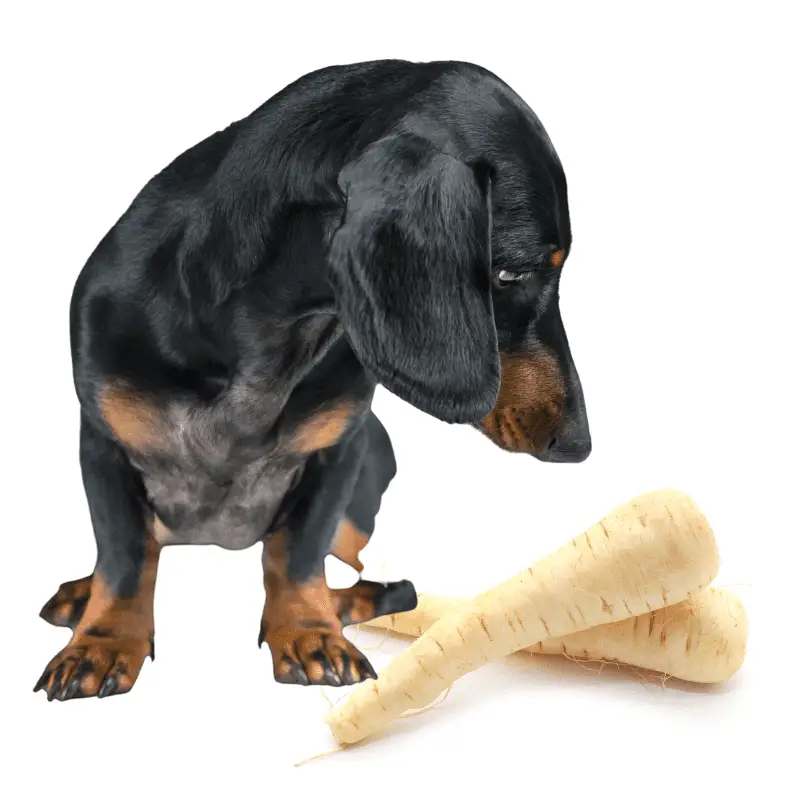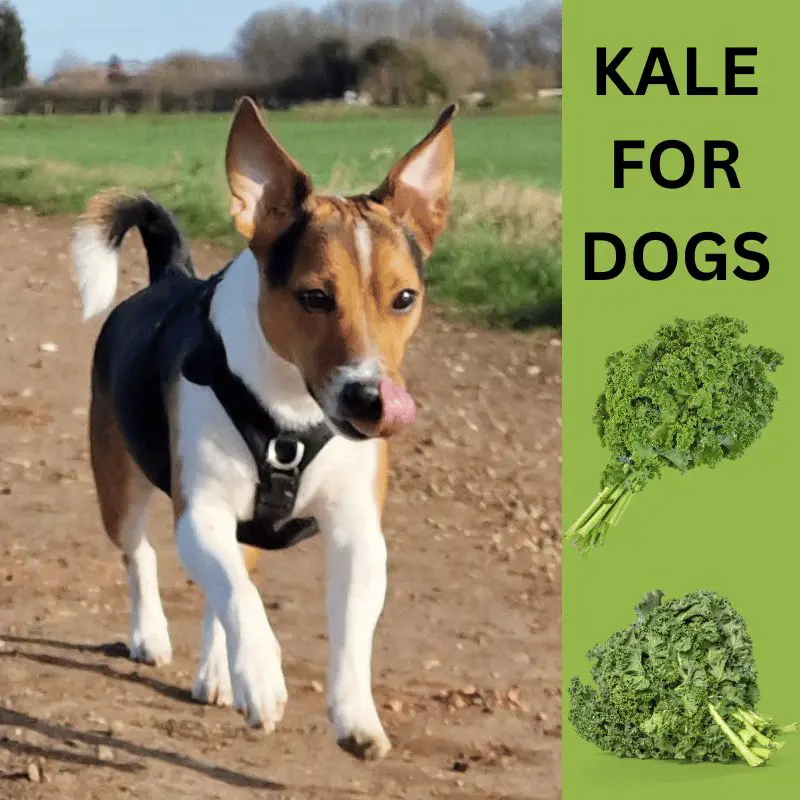When treating your dog to human food, it’s good to know that your not only giving them something delicious but also providing them with something healthy that will help them live longer and happy. In this case, parsnips do precisely that! However, not every dog’s favourite choice of food.
Parsnips are safe for dogs to eat in moderation. Parsnips are full of goodness important for your dog’s health, including fibre, vitamin C, and B6. To serve parsnips safely to your dog, you must cook them with no added seasoning.
Now we know that dogs can eat parsnips; let’s explain the safest way to serve them to your dog and the health benefits in more detail whilst also learning about a dog’s dietary requirements.
Best Way To Cook Parsnips For A Dog
Even though we know parsnips are safe for dogs to eat in moderation, we also need to understand that how we cook them can make them unhealthy.
Cook parsnips for a dog by boiling them in plain water without adding any salt or pepper for garlic. You may roast them, but you should dry roast them and not add lots of oil or glaze.
Amount
You can give your dog vegetables every day alongside your dog’s typical food. Depending on how big the dog is, the number of vegetables can increase or decrease. If you provided your dog with other vegetables that same day, do not give them any more. It would be best if you waited for the following day. An excessive amount of vegetables can give a dog an upset tummy resulting in diarrhoea and vomiting.
- Small-sized dog: a couple of “1 cm by 1 cm” chunks.
- Medium-sized dog: a quarter of a cup
- Large-sized dog: just under half a cup
Carbohydrates Food List
Dogs can eat other types of carbohydrates. Here is a table to help you choose the best food for your dog. Click on each food to learn more about how to feed them to your dog safely.
| Safe or Unsafe | Food item |
|---|---|
| Safe | Mashed potato |
| Safe | Jacket potato |
| Safe | Pasta |
| Safe | Parsnips |
| Safe | Porridge |
Beneifits Of Parnsips For A Dog
Soluble Fibre
Your dog needs a healthy gut, and soluble fibre is the perfect way to keep the stomach happy. Soluble fibres help maintain colonic cells to reduce any inflammation or irritation caused by damaged cells – this type of illness is called colitis! This fantastic substance also absorbs water, making stools pass more manageable and regular.
If you find that your dog does sometimes struggle to pass their stools, adding a bit of parsnip or anything else from the list below to their diet will help them go to the toilet better.
Other Safe Dog Food Additions With Soluble Fibre:
- Lettuce
- Apples
- Carrots
- Green Beans
Recommended Read: Can I Give My Dog Weetabix For Fibre? Alternatives
Vitamin C
This vitamin is essential for dogs as it’s a key antioxidant. Its main job within the dog’s body is to help remove harmful free radicals and fight against bacteria, toxins and viruses.
Vitamin C also helps reduce inflammation as well as assists with reducing cognitive ageing. However, did you know that, unlike us humans, dogs can make their own vitamin C? Adding extra Vitamin C can benefit them and won’t harm them. A Dog will wee it out if it has too much vitamin C.
Why can’t dogs and cats get scurvy?
Scurvy is a disease caused by a lack of vitamin C. Cats and dogs generally do not get scurvy as they can make their vitamin C within their liver. Humans need to include it in their diet hence why we are more at risk of developing scurvy.
Vitamin B6
Vitamin B6 helps your dog’s body release energy from carbohydrates, proteins and fats. It also plays a vital role in brain function, red blood cell formation and immune system health.
Vitamin B6 Functions
- Glucose Generation
- Red Blood Cells
- Niacin Synthesis
- Nervous System
- Immune Response
- Hormone Regeneration
- Gene Activation
Lack of Vitamin B6 In Dogs
- Anorexia
- Weight Loss
- Convulsions
- Muscle Twitching
- Anaemia
Too Much Vitamin B6 In Dogs
- Loss of Balance
- Muscle Weakness
Other Safe Foods For Dogs With Vitamin B6:
- Chicken
- Turkey
- Peanuts
- Banana
Dog’s Dietary Requirements
While we always want to please our dogs and treat them with kindness by sharing our food, some foods are dangerous.
A dog’s body does not handle some foods that our bodies do. Such as food items from the allium family. Like leeks, garlic and onions.
Understanding their dietary needs will help you make the best choices for your dog.
A dog’s diet should be plain, not spicy or seasoned. Just protein, veg and carbs! The protein ratio is the highest, followed by vegetables and then carbohydrates.
Puppies require much more protein than adult dogs as they tend to burn off their energy more than adult dogs to need more protein. This is where vitamin B6 comes into play and helps regulate and distribute the energy from the protein, thus creating a good healthy balance.
Eat More For Energy
Dogs need a lot of energy to do what they need to do. If you have a dog, it needs food that has enough fuel in it for the dog to do its daily activities.
Dogs often, throughout their life, need more energy to do their daily activities. Three major types of food give them this energy: carbohydrates, protein and fats. Dogs will require increased food when growing, are pregnant, or lactating milk because their energy needs increase.
Eat Less For Health
Older dogs need less food than middle-aged adult dogs. As they get older, they often become overweight. Obese dogs often need longer to fix their blood glucose concentrations, leading to diabetes.












